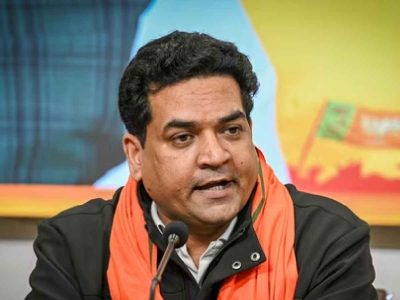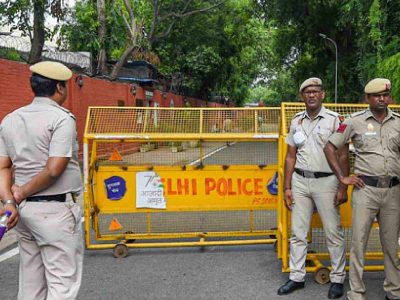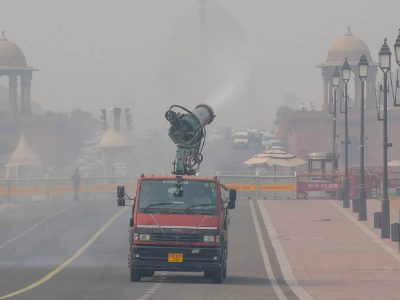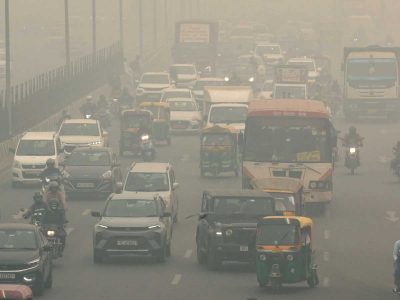It is around 9.30 in the morning and the Hyde Park of Delhi, the Jantar Mantar, is already bustling with activities. The mood is electric here. Many dharnas are on.
An activist from West Bengal is addressing a ‘crowd’ of seven people. In his fiery speech, he is threatening both the state and central governments that if their demands are not met soon, they would gherao the Parliament house.
Then there are the dogged Pehalwans (wrestlers), who are ready to sit till Brij Bhushan Sharan Singh, the Wrestling Federation of India (WFI) president, is arrested. The cameras are trained on them 24×7, and there is a massive crowd in their support.
Well, welcome to Jantar Mantar, the place that has given space to all to raise their grievances in the form of dharnas, rallies and hunger strikes since 1993.
In the span of three decades, Jantar Mantar has witnessed countless angry protests. Some of them remain etched in the memory of all of those who have been visiting the place for long.
One for statehood
Who can forget the six-year long uninterrupted dharna for the separate state of Uttarakhand by the Uttarakhand Sangharsh Samiti.
It started in late 1992 and was not suspended even for a day.
“Several activists fighting for the Uttarakhand movement had sacrificed their lives for the cause. They ignored their families, lost their jobs and damaged their health too. But they did not budge till the end. They were there at the dharna site even on Diwali,” recalls social activist Sunil Negi, who was part of the protest.
Most bizarre protest
The most bizarre protest-cum-dharna that Jantar Mantar had seen was in 2017. Farmers from Tamil Nadu grabbed headlines for their unique methods of protests, including biting mice and parts of snake, holding mock funerals and drinking their own urine. They were demanding loan waivers, revised drought packages, a Cauvery Management Committee, and fair prices for their products, among other things.
“They were sitting with 17 skulls and some pairs of femur bones, allegedly of farmers who had committed suicide in the face of drought and debt,” recalls Kamaljit Singh, a photo journalist.
The protest went to another level when some of them ate their own excreta on September 11, 2017.
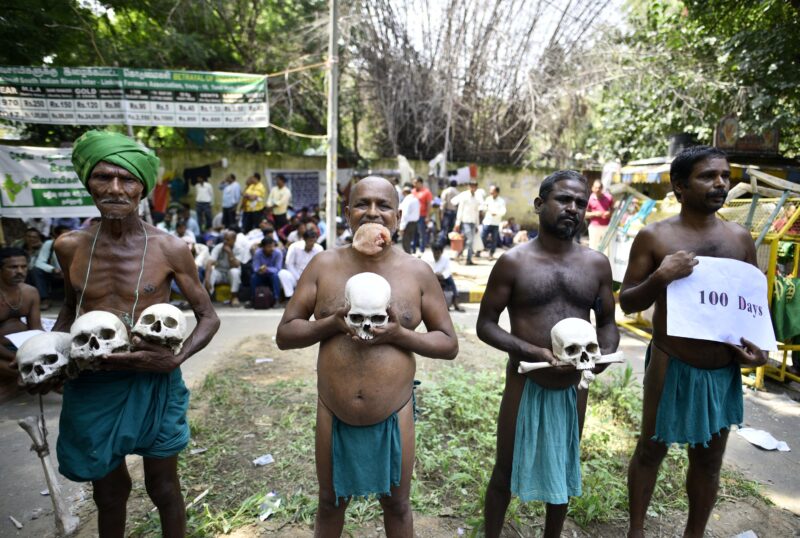
The desperate act to draw attention of the authorities was covered by the media well.
“We would collect the excreta in the morning (in plastic bags) and then eat it,” said Ayyakannu, president of the National South Indian Rivers Linking Farmers’ Association.
Against the rapists
People would recall how an outraged Delhi had started assembling at Jantar Mantar after a young girl, Nirbhaya, was raped and killed mercilessly. The small protest turned into a nationwide uproar once India woke up on December 17, 2012, to the news of the gruesome gangrape of a 23-year-old woman on a moving bus in south-west Delhi. Later, the protestors moved to India Gate.
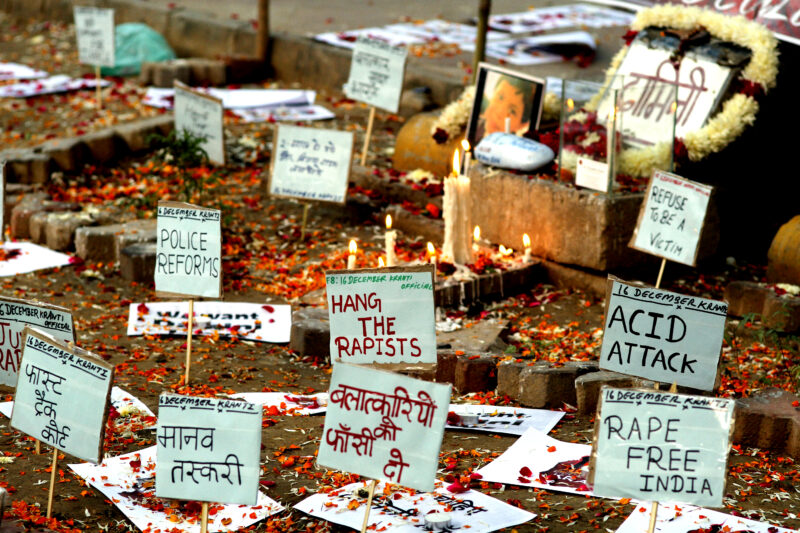
Shifting to Jantar Mantar
Remember, Jantar Mantar was not the original spot for dissent. The area is known as such due to the Jantar Mantar observatory, which was built in 1724 by Raja Jai Singh of Jaipur.
Jai Singh also built observatories in Ujjain, Varanasi and Mathura. He was also responsible for the construction of the famous Hanuman and Shiv temples of Connaught Place.
Jantar Mantar is fascinating, but accurate observations to predict the movements of the sun, moon and planets can no longer be made from here because of the tall buildings around.
So, it has now been relegated to the background by the speeches of netas.
Prior to 1993, Boat Club used to see round-the-year dharnas and rallies. In the 1980s, Boat Club witnessed a series of massive protests, dharnas and rallies. The mother of all rallies was held under the leadership of rustic Jat leader Mahinder Singh Tikait of Bhartiya Kissan Union (BKU) though. What a co-incidence that his son, Rakesh Tikait, is nowadays visiting the wrestlers in support and solidarity.
In 1988, this writer, then a young reporter working for a national daily, vividly remembers when the crowd of protesting farmers with tractors and bullock-carts in tow made way to the protest site at the clarion call of Tikait.
Former Delhi Police Commissioner Neeraj Kumar, who held the post of DCP here in 1988 when the farmers’ rally was held, had once said that the crowd of farmers was “unmanageable”.
“The crowd filled the space between the National Stadium and Vijay Chowk. There were several floating crowds too who would join in. The size of the crowd was humongous, and Rajpath was filled with protesters.”
Boat Club also hosted very violent and acrimonious anti-Mandal protests in 1990s. The government was alarmed to see such huge rallies, in which rowdy crowd even reached the President and Prime Minister’s houses.
The government decided to shift ‘dissent spot’ from Boat Club to Jantar Mantar in 1993. Since then, Jantar Mantar has been buzzing with spirited protestors except during the Covid-19 pandemic.
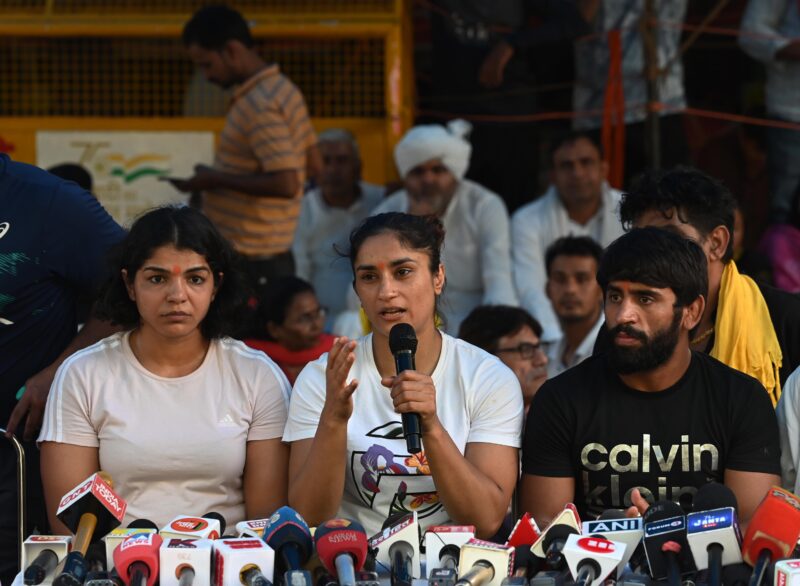
Historic office and houses
Not many who sit at the Jantar Mantar would know that 7, Jantar Mantar – built during the Raj era — was the head office of Indian National Congress from 1947 to 1971. In this very building, the Congress party had accepted the partition plan on June 15, 1947.
In his classic book, Guilty Men of India’s Partition, Dr Ram Manohar Lohia writes, “I should especially like to bring out two points that Gandhiji made at this meeting. He turned to Mr Nehru and Sardar Patel in mild complaint that they had not informed him of the scheme of Partition, before committing themselves to it. Before Gandhiji could make out his point fully, Nehru intervened with some passion to say that he had kept him fully informed. On Mahatma Gandhi’s repeating that he did not know of the scheme of Partition, Nehru slightly altered his earlier observation. He said that Noakhali was so far away and that, while he may not have described the details of the scheme he had broadly written of the Partition to Gandhi.”
Lohia was attending the crucial meet.
But for now, it is the place from where revolution starts.


